Cracking the Code: A Fun Guide to Grade 3 Math Common Core Standards | Key Syllabus Highlights & Must-Know Areas
H1: Cracking the Code: A Fun Guide to Grade 3 Math Common Core Standards | Key Syllabus Highlights & Must-Know Areas
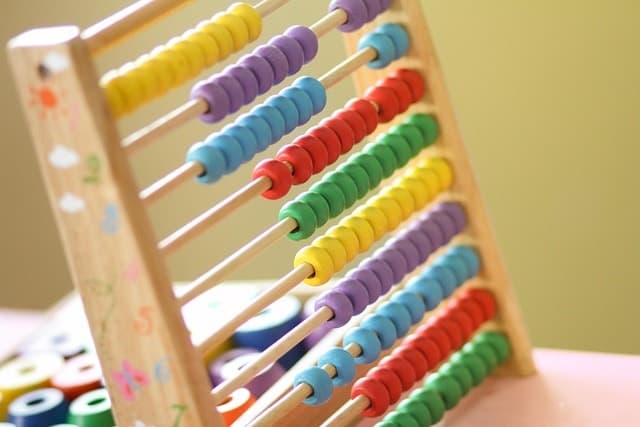
If you’ve ever watched a third-grader discover that 7 × 8 = 56 and seen that “Aha!” sparkle light up their face — you’ve witnessed the magic of Grade 3 math. This is where math truly starts to click. Numbers stop being just symbols on paper and start making sense as part of everyday life — from slicing pizzas into fractions to figuring out if there’s enough time left before bedtime!
When children enter third grade, math suddenly feels like a mystery waiting to be solved. It’s where basic addition transforms into algebraic thinking, where equal groups turn into multiplication or division equations, and where plane figures, liquid volumes, and area measurement begin to make real-world sense. The 3rd grade Common Core Math curriculum is not just about numbers — it’s about logic, creativity, and understanding patterns that shape how kids see the world.
This guide dives into every exciting corner of 3rd grade Common Core Math — from place value understanding to solve problems involving multiplication and situations involving equal groups, helping parents, teachers, and learners enjoy math while mastering essential skills.

H2: Key Concepts and Skills in 3rd Grade Common Core Math
The journey through third grade math is like moving from decoding words to reading full stories. Students no longer rely only on counting; they develop algebraic thinking to explain patterns and solve complex ideas involving multi-digit arithmetic.
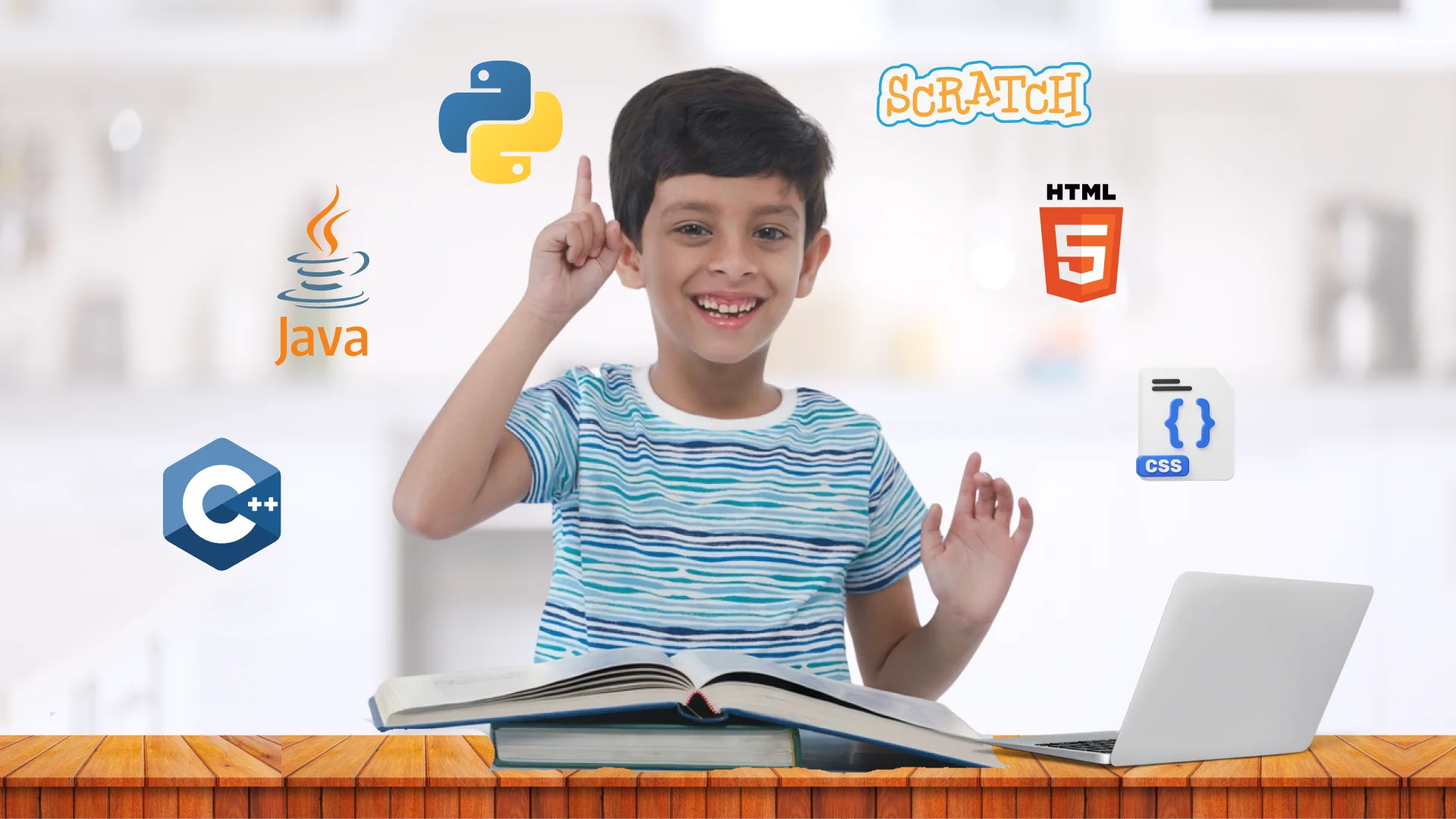
This shift is crucial — from using improvised units and concrete materials to understanding standard units and appropriate units of measure. Kids learn how to perform multi-digit arithmetic, solve word problems, and build confidence in arithmetic patterns that make sense beyond memorization.
In this grade, the focus shifts toward conceptual learning:
Multiplication table mastery for one-digit numbers
Understanding division equations relating equal groups
Learning to compare fractions with the same numerator or same denominator
Measuring time, area, and liquid volumes using rulers marked with same units
Using number line diagrams to represent fractions and number lines for sequencing
By blending storytelling with logic, 3rd grade Common Core Math ensures kids understand concepts rather than simply recalling answers.
H2: A Closer Look at the Common Core Math Standards for Grade 3
The Common Core organizes third grade math into five main domains, each focusing on distinct problem-solving areas. Let’s explore each and how they connect with daily life.
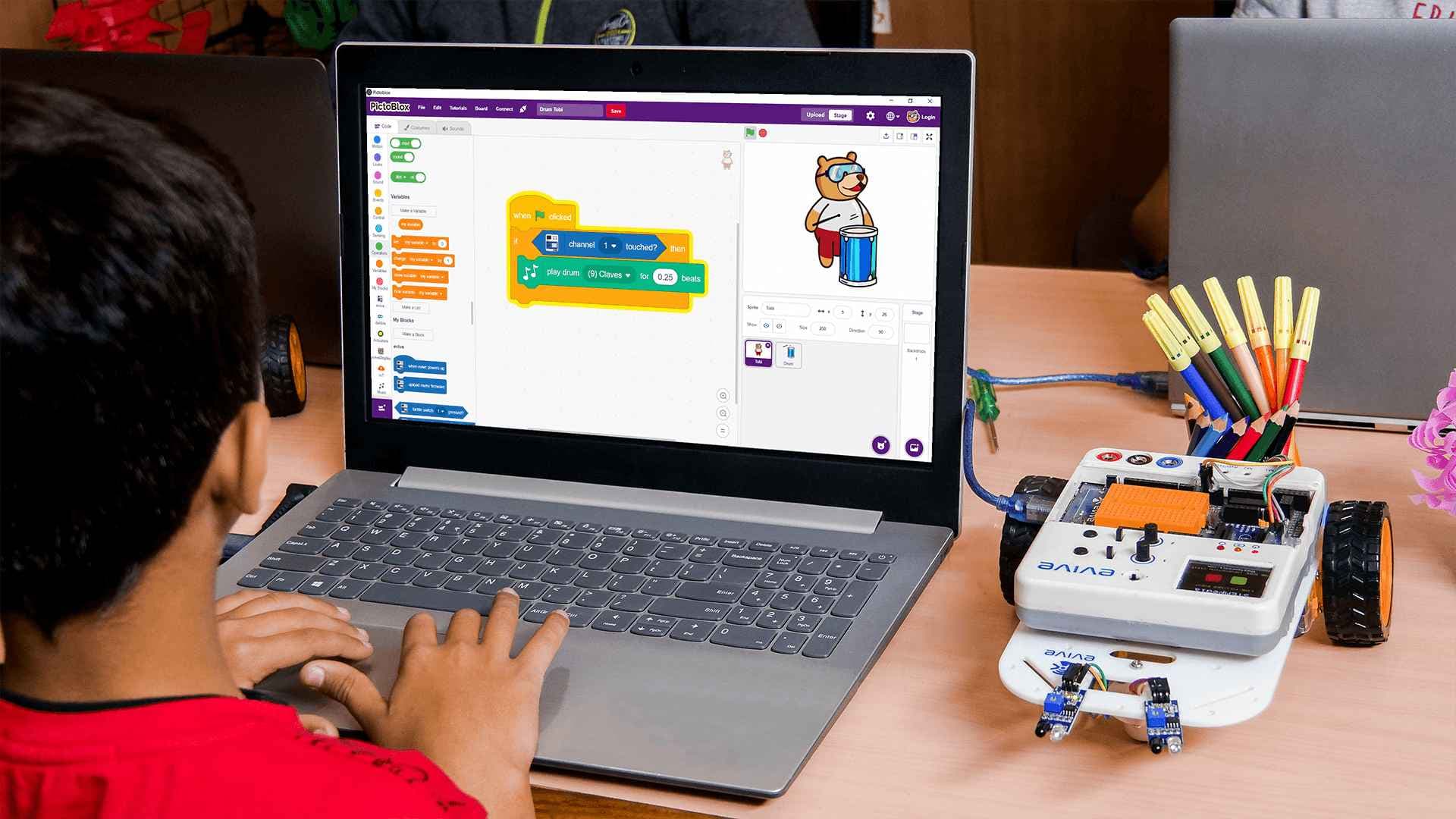
1. Operations & Algebraic Thinking
Here, kids begin to solve problems involving multiplication and division in situations involving equal groups, arrays, and number patterns. This domain strengthens algebraic thinking and prepares them to understand properties of operations.
Example:
“If there are 5 baskets with 8 apples each, how many apples are there in total?”
Children use multiplication or division equations to find the unknown quantity.
They also solve word problems involving an unknown factor problem and use letter standing for that missing value (like x in 8 × x = 56).
Teachers help them explain patterns using an addition table or multiplication table, connecting it to arithmetic patterns.
2. Number & Operations in Base Ten
This area enhances place value understanding and multi-digit arithmetic. Kids learn to perform multi-digit arithmetic by breaking down numbers based on place value and understand properties of operations to add and subtract efficiently.

Activity Example:
Give children rulers marked in same units and measurement scales to connect measuring lengths with number sense.
They estimate, reason, and calculate with estimation strategies that make math both practical and fun. Understanding same area and equal areas also begins here, linking to the next domain.
3. Number & Operations—Fractions
One of the most exciting chapters in 3rd grade Common Core Math is learning fractions! Students discover how to represent fractions on a number line diagram and see each unit fraction as 1 part of a whole divided into b equal parts.
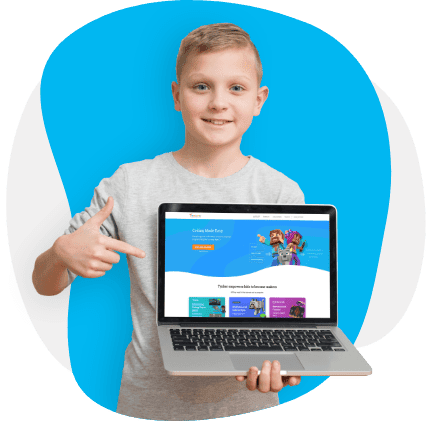
For instance, in a chocolate bar partitioned equally into 8 pieces, one piece is a unit fraction — 1/8. Children also compare fractions with the same denominator or same numerator to find which is larger or smaller.
This is where unknown number reasoning develops as students understand concepts like whole number quotients, connecting fractions and division in meaningful ways.
4. Measurement & Data
In this domain, math becomes tangible. Students measure time intervals, estimate liquid volumes, and interpret data from scaled bar graphs, scaled picture graphs, and line plots.
Measurement quantities become tools for reasoning — from measuring classroom objects to collecting a data set on favorite animals.
They use standard units and appropriate units like square cm, square ft, and square m to calculate equal areas and recognize perimeter.
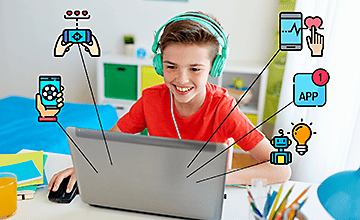
When they solve problems involvingmeasurement data, they connect math to real-world applications — such as building models, comparing different categories, or classifying several categories under one larger category.
Example:
“Draw examples of rectangles with the same perimeter but different areas.”
This helps them understand how linear and area measures differ but connect beautifully.
5. Geometry
Geometry in third grade is where kids explore plane figures, geometric measurement, and area measurement. They learn to draw examples of shapes, find unknown side lengths, and calculate mathematical problems involving perimeters.
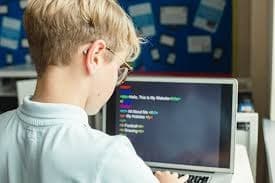
They might solve problems involvingsame area and unknown number while experimenting with unknown side length shapes.
Teachers can use hands-on learning: build rectangles with paper tiles and ask students to represent fractions of those equal areas.
H2: Best Practices in Teaching 3rd Grade Common Core Math
Teaching 3rd grade Common Core Math isn’t about endless drills. It’s about making numbers alive!
Here are proven strategies that keep lessons meaningful, creative, and connected:
1. Make Math Visual and Tangible
Use rulers marked with standard units, scaled bar graphs, or line plots to interpret data. Let kids estimate liquid volumes using bottles of different sizes to develop estimation strategies and understand properties of measurement.
2. Encourage Story-Based Learning
Turn equations into stories!
Example: “There are 4 boxes, each with 6 oranges. How many oranges total?” Students use a multiplication or division equation to find the unknown quantity, learning how to solve one efficiently while explaining reasoning.
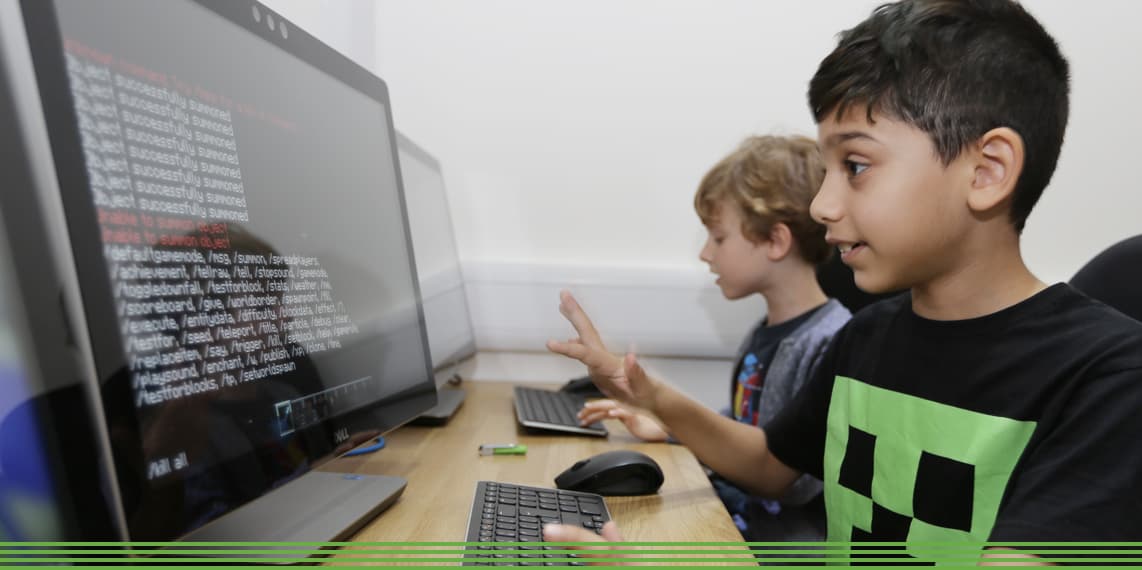
3. Connect Math with Movement
Let kids use measurement scale tapes to measure time intervals or lengths during “Math Olympics.” When they move, measure, and compare, math becomes real.
4. Foster Discussion and Exploration
Encourage students to talk through word problems, explain their arithmetic patterns, and reflect on how unknown factor problems link to four operations — addition, subtraction, multiplication, and division.
5. Use Differentiation and Real-Life Connections
Not all kids learn the same way. Use scaled picture graphs for visual learners, line plots for analytical ones, and hands-on geometric measurement for tactile learners.
Incorporate cross-curricular links — for example, algebraic thinking represent patterns in art or measurement data in science.
H2: Syllabus Highlights from the 3rd Grade Common Core Curriculum
The 3rd grade Common Core Math syllabus builds bridges between numbers, logic, and creativity. Students learn not just to compute but to think, reason, and understand concepts through exploration.
Key Vocabulary
Terms like unit fraction, unknown side length, scaled bar graph, same perimeter, square m, and measurement quantities are introduced. Understanding these words helps children confidently solve problems involving both abstract and real-world challenges.
Cross-Curricular Connections
Math connects to reading and writing through reasoning exercises. When students write time, analyze a data set, or explain how they solve oneunknown factor problem, they use literacy and math skills together.
Core Focus Areas
Perform multi-digit arithmetic with fluency.
Understand concepts of equal groups and whole number quotients.
Recognize perimeter and area measurement through hands-on geometry.
Use same units and appropriate units while measuring liquid volumes or measuring lengths.
The ultimate goal? To transform third grade learners into problem-solvers who can explain patterns and reason through different categories of challenges.
H2: Understanding Common Core Standards Through Games and Activities
Learning is always better with laughter! These games align perfectly with 3rd grade Common Core Math and its focus on reasoning, geometry, and multi-digit arithmetic.
1. Array Bingo
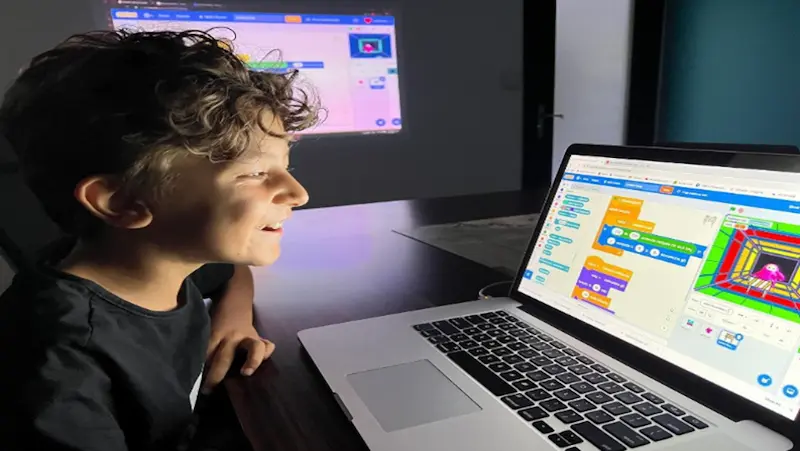
Kids create arrays to solve problems involving multiplication and identify arithmetic patterns visually. Perfect for unknown number practice.
2. Fraction Pizza Party
Using pizzas partitioned equally into b equal parts, children represent fractions and compare fractions while understanding same numerator and same denominator.
3. Shape Detective
Students draw examples of plane figures and find ones with same area or same perimeter, enhancing geometric measurement reasoning.
4. Measurement Olympics
Let students measure time intervals, estimate liquid volumes, and record findings using a scaled bar graph or horizontal scale — making measurement quantities lively!
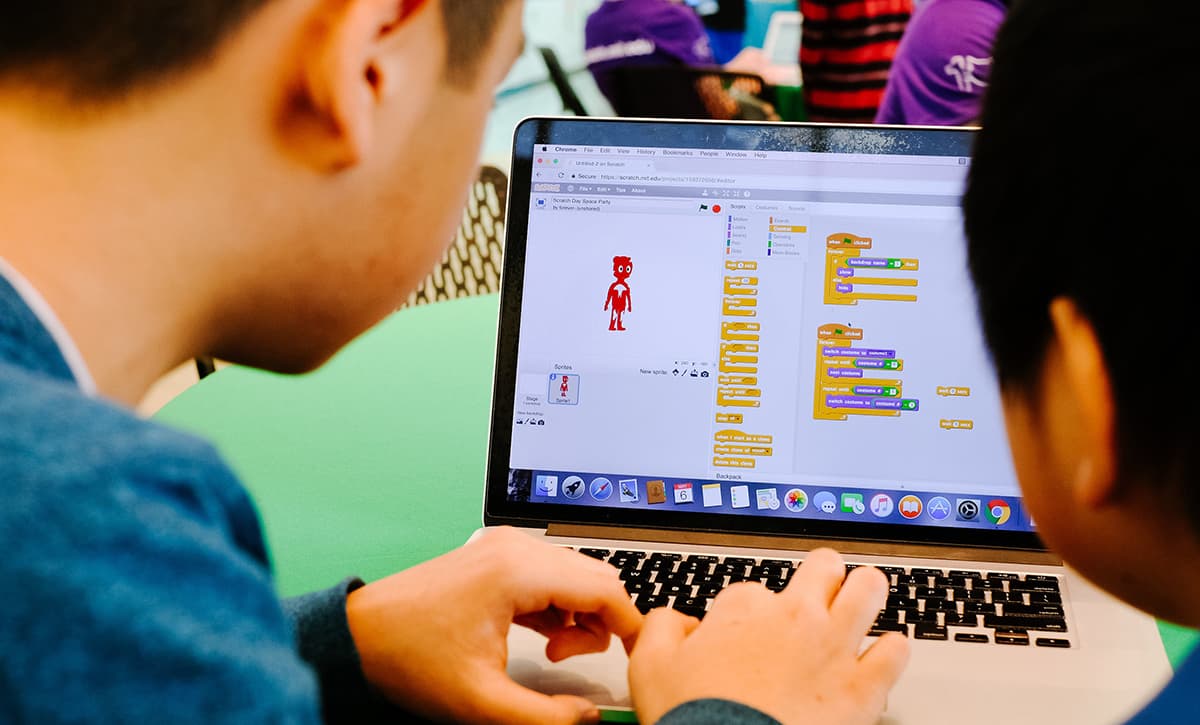
5. Graph the Class
Create line plots or scaled picture graphs to represent data sets from several categories, helping kids interpret measurement data and understand measurement scales.
Through such activities, children use mental computation, discover equal areas, and learn to understand properties of numbers while having fun.
H2: How to Support Your Child in Meeting 3rd Grade Math Goals
1. Turn Everyday Life into Math Practice
I’ve found that the best math lessons often happen outside the classroom. For instance, when I cook with my cousin, I ask questions like, “If we need to bake for 20 minutes and we’ve already baked for 8, how many minutes until it’s ready?”—that’s a fun way to measure time intervals and solve word problems. When we fill a water bottle, I let him estimate liquid volumes using appropriate units—it’s hands-on and helps them connect situations involving equal groups or linear and area measures to daily life. Even counting tiles on the floor turns into counting unit squares and understanding area measurement naturally.
2. Use Technology and Play
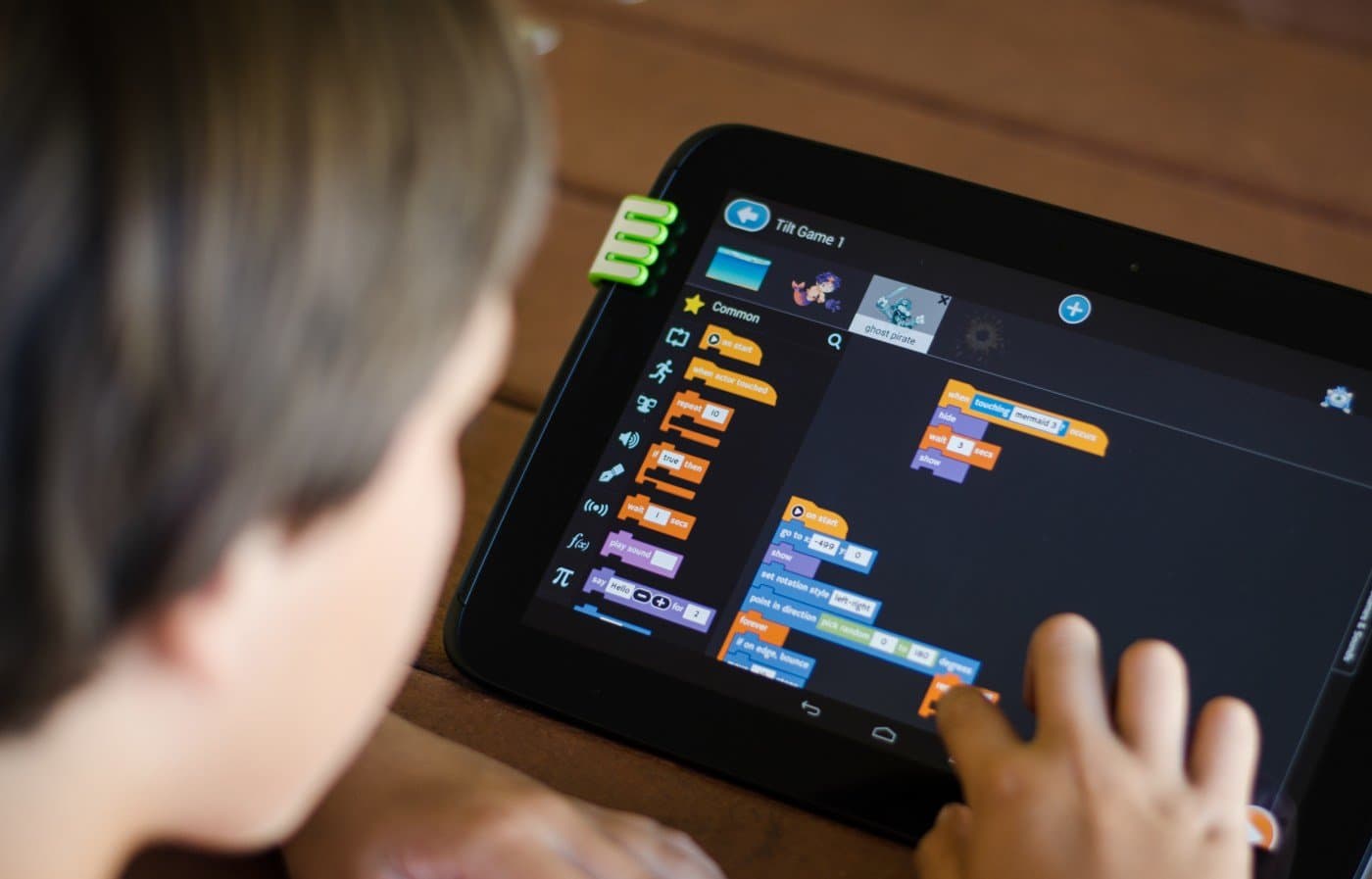
At home, I often introduce learning apps like Prodigy or Khan Academy Kids, which make math exciting. My child loves solving multi-digit arithmetic challenges and exploring unknown quantity or unknown factor problem puzzles through interactive stories. These games help reinforce algebraic thinking represent skills and place value understanding, turning complex ideas like division equation relating equal groups into joyful discoveries.
3. Encourage Writing and Reflection
One thing that truly works for us is keeping a “Math Journal.” I encourage my cousin to write about how they solve problems involving multiplication or solve one-step word problems with one-digit numbers. Sometimes, I ask them to draw examples of equal areas or explain arithmetic patterns they notice in the multiplication table. Writing about math helps them understand concepts, recognize perimeter, and strengthen algebraic thinking in a creative way.
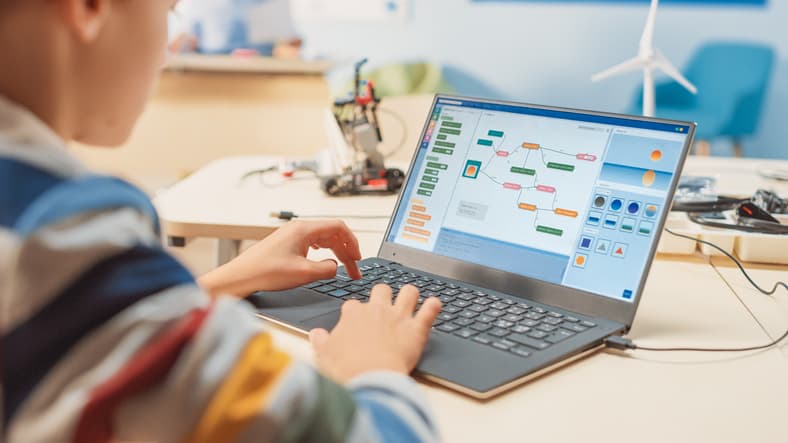
4. Reinforce Patterns and Reasoning
When building with blocks, I might challenge them to find same area shapes with different categories or same perimeter shapes using standard units. It’s a playful way to link fun to geometric measurement and algebraic thinking.
5. Celebrate Every Success
I always make it a point to celebrate every small victory. Whether my child correctly measures lengths using rulers marked with improvised units, or plots data on a scaled bar graph, or identifies an unknown side length in a plane figure, I cheer them on. These moments of encouragement build confidence and show that every small success—whether they solve mathematical problems involving perimeters, interpret data from a scaled picture graph, or compare fractions with the same numerator or denominator—matters deeply.
H2: 3rd Grade Common Core Math - FAQs
What are effective ways to help kids practice at home?
Incorporate word problems, unknown factor problems, or measurement data challenges into daily routines. Kids love when learning connects to life!
What resources are best for practice?
Try scaled bar graphs, number line diagrams, and printable measurement scales from trusted Common Core sites. Visuals help them interpret data effectively.
What’s the toughest topic?
Many kids struggle with fractions. Simplify unit fractions, partitioned equally models, and same denominator comparisons using real-life examples like cakes or pizzas.
How does Common Core connect math and writing?
Students must explain patterns, use letter standing for unknown quantities, and justify reasoning — blending numeracy with literacy.
Which topics are most essential for future math?
Mastering equal groups, place value, and perform multi-digit arithmetic prepares students for upper-grade algebra and geometry.
How is critical thinking developed?
By asking children to solve one complex problem, analyze measurement data, and reason about same perimeter or equal areas, they learn logic that applies far beyond math class.